For individuals managing hypertension, dietary choices play a pivotal role in maintaining healthy blood pressure levels. Among the most effective dietary strategies is incorporating low-sodium, high-potassium vegetables into daily meals. These vegetables not only help counteract the effects of sodium but also provide essential nutrients that support cardiovascular health. Understanding which vegetables rank highest in potassium while remaining low in sodium can empower patients to make informed decisions for their well-being.
The importance of potassium in hypertension management cannot be overstated. Potassium works synergistically with the kidneys to flush out excess sodium through urine, thereby reducing blood pressure. A diet rich in potassium helps relax blood vessel walls, further aiding in circulation. Unfortunately, modern diets often skew heavily toward processed foods high in sodium and deficient in potassium. This imbalance exacerbates hypertension, making it crucial to prioritize natural, potassium-packed vegetables.
Leafy greens such as spinach and Swiss chard are stellar examples of low-sodium, high-potassium vegetables. A single cup of cooked spinach contains approximately 840 mg of potassium while contributing minimal sodium. These greens are also rich in magnesium, another mineral known for its blood pressure-lowering properties. Whether sautéed, blended into smoothies, or added to soups, leafy greens offer versatility and potent health benefits for hypertensive individuals.
Another standout vegetable is the humble sweet potato. Often overlooked, sweet potatoes provide around 540 mg of potassium per medium-sized serving. Their natural sweetness makes them a satisfying alternative to processed snacks, while their fiber content promotes satiety and stable blood sugar levels. Roasted, mashed, or baked, sweet potatoes are a delicious way to boost potassium intake without worrying about excessive sodium.
Tomatoes, particularly when cooked or concentrated as sauces, deliver a significant potassium punch. A cup of tomato puree can contain up to 1,000 mg of potassium, making it an excellent addition to pasta dishes, stews, and salads. Lycopene, the antioxidant responsible for tomatoes' red hue, also contributes to heart health by reducing oxidative stress and inflammation. Opting for fresh or low-sodium canned tomatoes ensures minimal sodium intake while maximizing benefits.
Beets and beet greens deserve special mention for their dual benefits. The root itself is packed with nitrates, which convert to nitric oxide in the body, helping to dilate blood vessels and improve flow. Meanwhile, beet greens are potassium powerhouses, offering over 1,300 mg per cooked cup. Incorporating both parts of the beet into meals—such as roasting the roots and sautéing the greens—creates a nutrient-dense, hypertension-friendly dish.
While white potatoes often receive criticism, their potassium content is noteworthy. A medium baked potato with skin provides roughly 900 mg of potassium. The key lies in preparation: avoiding salty toppings like butter or bacon and opting for herbs, olive oil, or Greek yogurt keeps sodium in check. Pairing potatoes with other high-potassium vegetables creates a balanced, heart-healthy meal.
For those seeking variety, winter squash varieties like butternut and acorn squash are excellent choices. These vegetables deliver around 500-600 mg of potassium per cup when cooked. Their naturally sweet, nutty flavors make them ideal for soups, purees, or even as standalone sides. Rich in beta-carotene and fiber, winter squashes support overall cardiovascular health while keeping sodium levels minimal.
Avocados, though technically a fruit, are worth including for their exceptional potassium content. A single avocado can provide up to 700 mg of potassium, along with heart-healthy monounsaturated fats. Their creamy texture makes them perfect for spreads, salads, or even as a butter substitute in baking. While avocados are calorie-dense, their nutrient profile justifies moderate consumption for hypertension management.
Practical tips for incorporating these vegetables into a hypertension-friendly diet include meal prepping and creative seasoning. Herbs, spices, citrus juices, and vinegar can enhance flavor without relying on salt. Batch-cooking soups or stews with potassium-rich vegetables ensures convenient access to healthy options throughout the week. Additionally, combining these vegetables with lean proteins and whole grains creates balanced meals that support long-term blood pressure control.
Ultimately, prioritizing low-sodium, high-potassium vegetables is a proactive step toward managing hypertension. By making intentional dietary choices, individuals can harness the power of nature to complement medical treatments and improve overall quality of life. Consistency and variety are key—exploring different vegetables and preparation methods keeps meals exciting while delivering the nutrients necessary for optimal cardiovascular health.

By /Aug 1, 2025
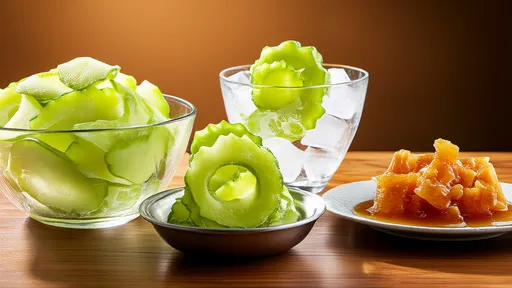
By /Aug 1, 2025
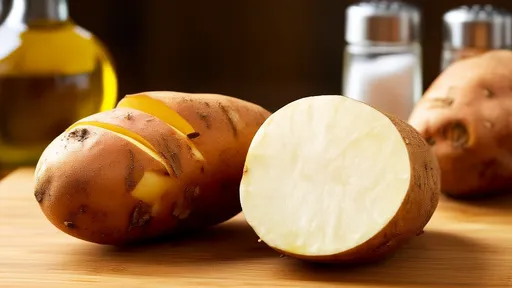
By /Aug 1, 2025
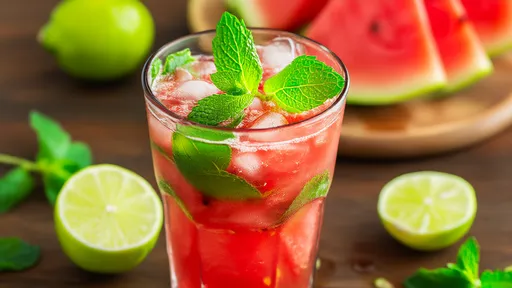
By /Aug 1, 2025
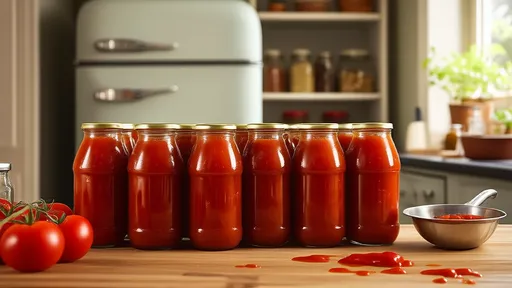
By /Aug 1, 2025
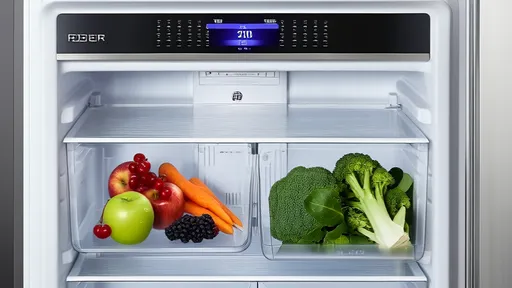
By /Aug 1, 2025
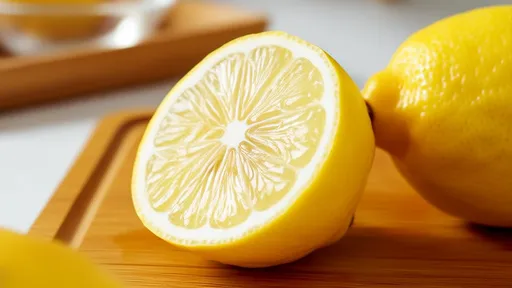
By /Aug 1, 2025
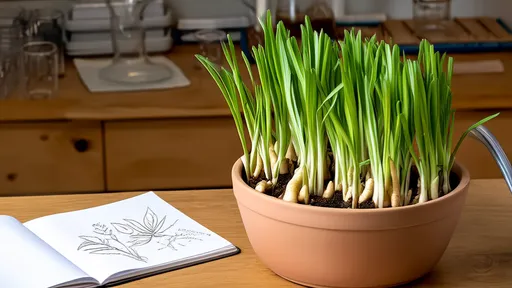
By /Aug 1, 2025
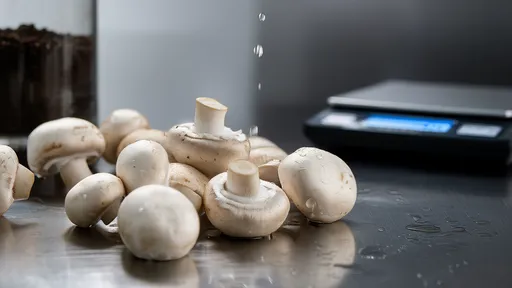
By /Aug 1, 2025
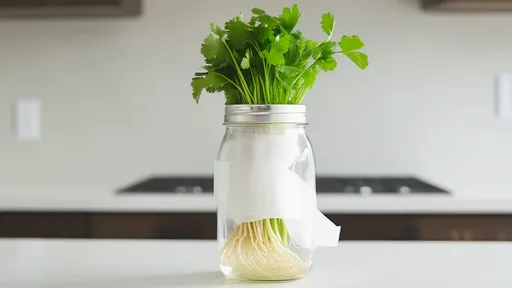
By /Aug 1, 2025
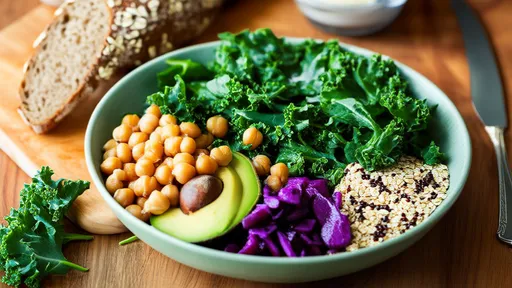
By /Aug 1, 2025
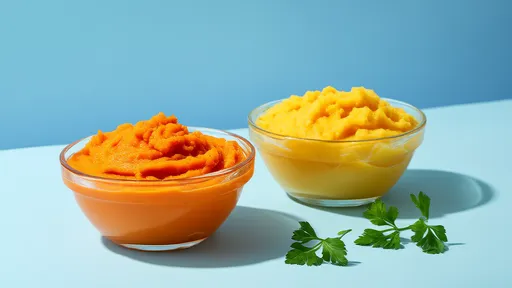
By /Aug 1, 2025
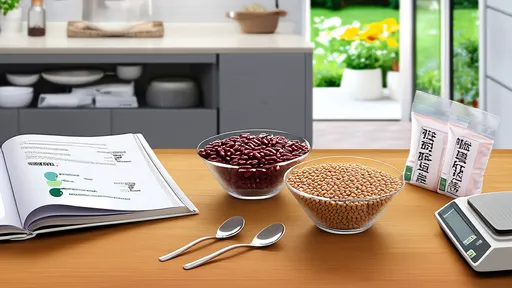
By /Aug 1, 2025
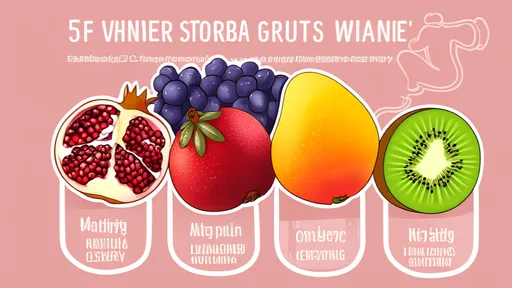
By /Aug 1, 2025
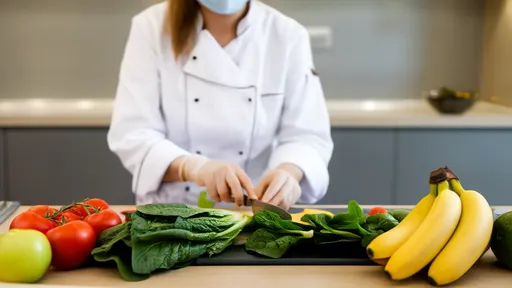
By /Aug 1, 2025

By /Aug 1, 2025
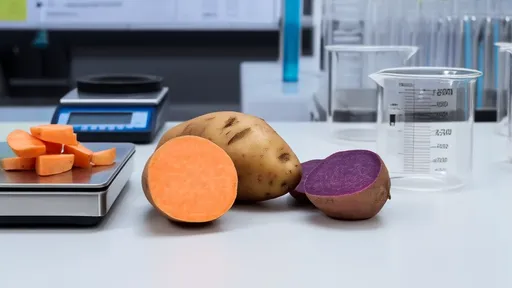
By /Aug 1, 2025
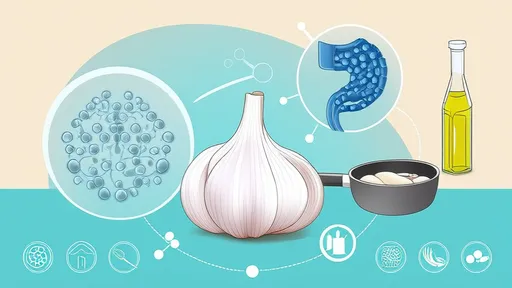
By /Aug 1, 2025